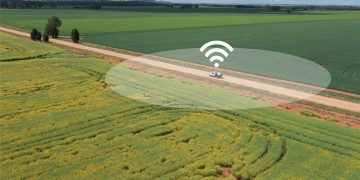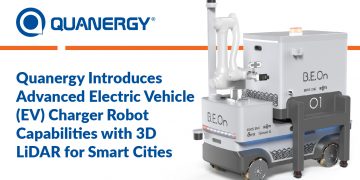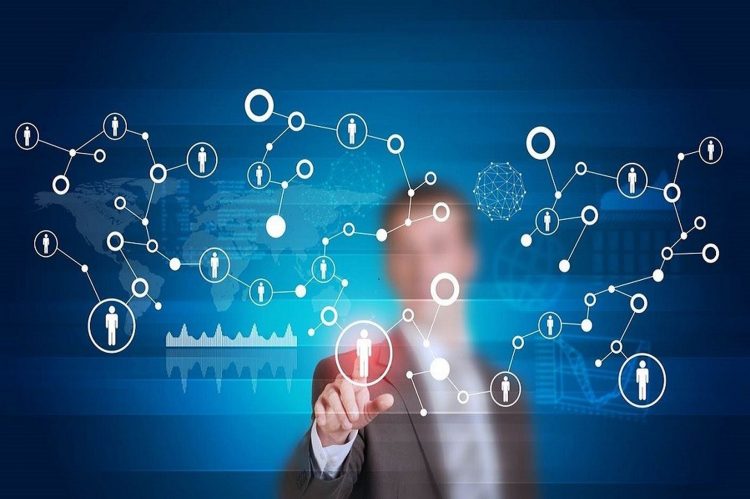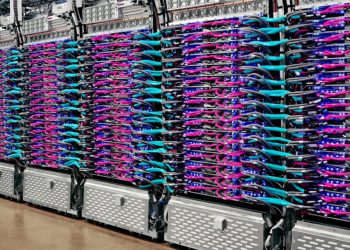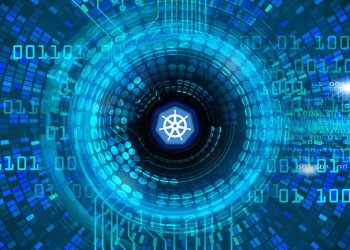One of the improvements with our current state of technology is the development of the internet of things. Nowadays, it is possible for owners to set appliances to perform actions at a predetermined time. Some of the more feature filled electronics can even be controlled remotely. Hand in hand with all this control is the generation and analysis of data. This data can be anything now, from text, to audio, to images, to video.
In the past, it was difficult to work with that much data because processing power was limited. Computers powerful enough to handle that much data were too expensive for consumers, being in the realms of big businesses or governments. Now, due to the shifting aspect of computer businesses, as well as the increasing bandwidth allowance, it is now possible to access computer power remotely through the cloud. Many large tech companies offer this service, making computationally intensive machine learning available to a wider variety of people.
Machine learning is the technology that allows for data analytics. In the past, it was still possible for humans to process the data. However, due to the sheer amount and variety of data from the different devices, it requires special programming to make sense of it all. Code will parse the data, and then a data scientist will describe the pattern in a way the computer can understand. Teaching the machine to recognize patterns will open up many interesting potential use cases.
By having a computer study footage of different events, data scientists can teach a computer to recognize the signs of attention from the audience. This application can be a game changer in the industries involving entertainment and arts. Cameras and computers can match positive reactions with the relevant stimulus, allowing productions to be tailor made for their target audiences. It is like a survey, but the answers involved are the visual reactions of the watchers.
Another interesting application of data analytics is the coordination of climate control devices with real time weather data. Many locations often have centralized climate controls, and there is one setting for the entire workplace. This can lead to instances where the temperature is either too hot or too cold for many employees. It is not only uncomfortable, but it often does not take into account the actual weather outside. By using smart devices to control the indoor environment, it is possible to have a more acceptable baseline temperature for everyone, while also saving money on energy costs.
A more family-oriented usage of data analytics could be the monitoring of video gameplay. With the rapid acceptance of technology, access to video games have boomed. One can play video games on different consoles and smartphones, and this has led to a problem of video game addiction. It is possible to have a usage setting on the smart console, setting that elders can modify remotely. This can help curb video game addiction in children.
There are also possible use cases in the realm of security. Closed circuit cameras linked to computers can send their video feed to AI. The AI can then process the video and run it through a database of different suspicious movement patterns. This can be used to find people concealing a hidden weapon. This can also be used to recognize criminal behaviours like scoping out a place for a potential theft. By applying data analytics in the cameras watching public places, it might be possible to make the world safer.
Despite the possible gains of such interconnectedness, it is important to note that many consumer IoT devices are not yet there. Appliances like coffee makers are still generally autonomous. The truly interconnected devices are quite expensive and are generally reserved for industrial applications.

for developers and enthusiasts

